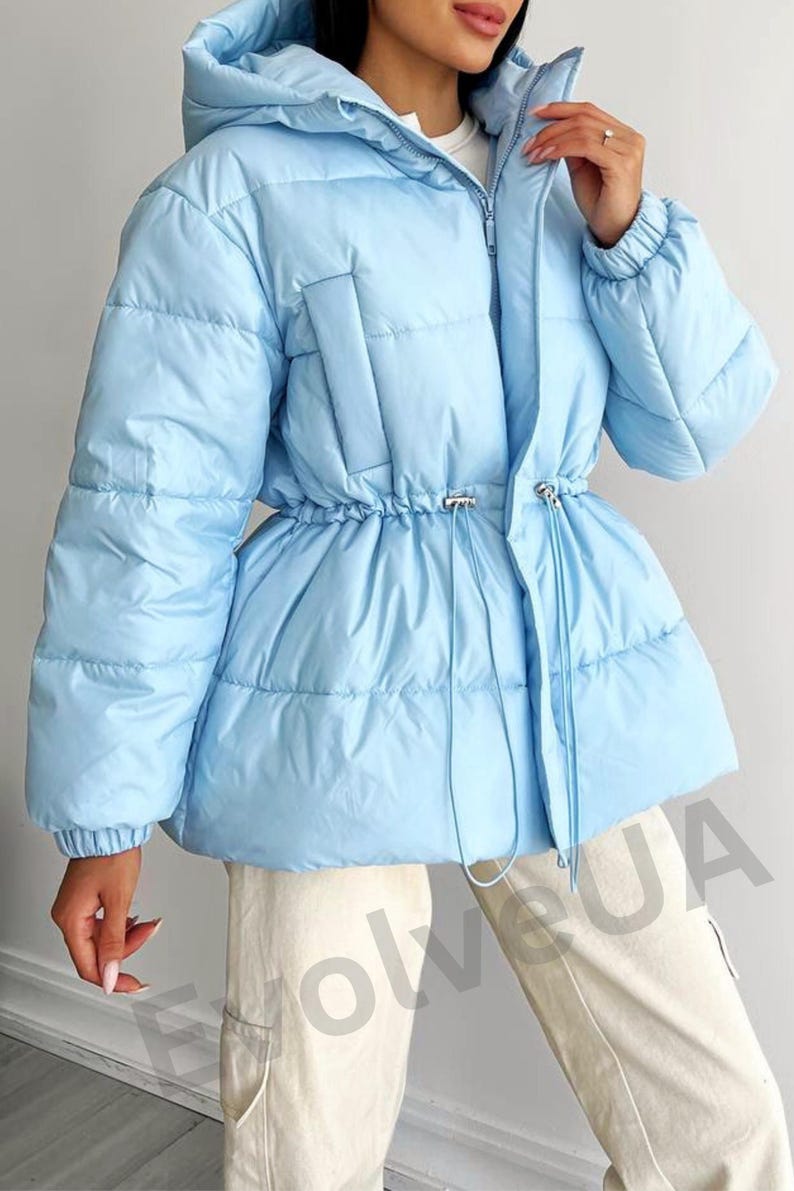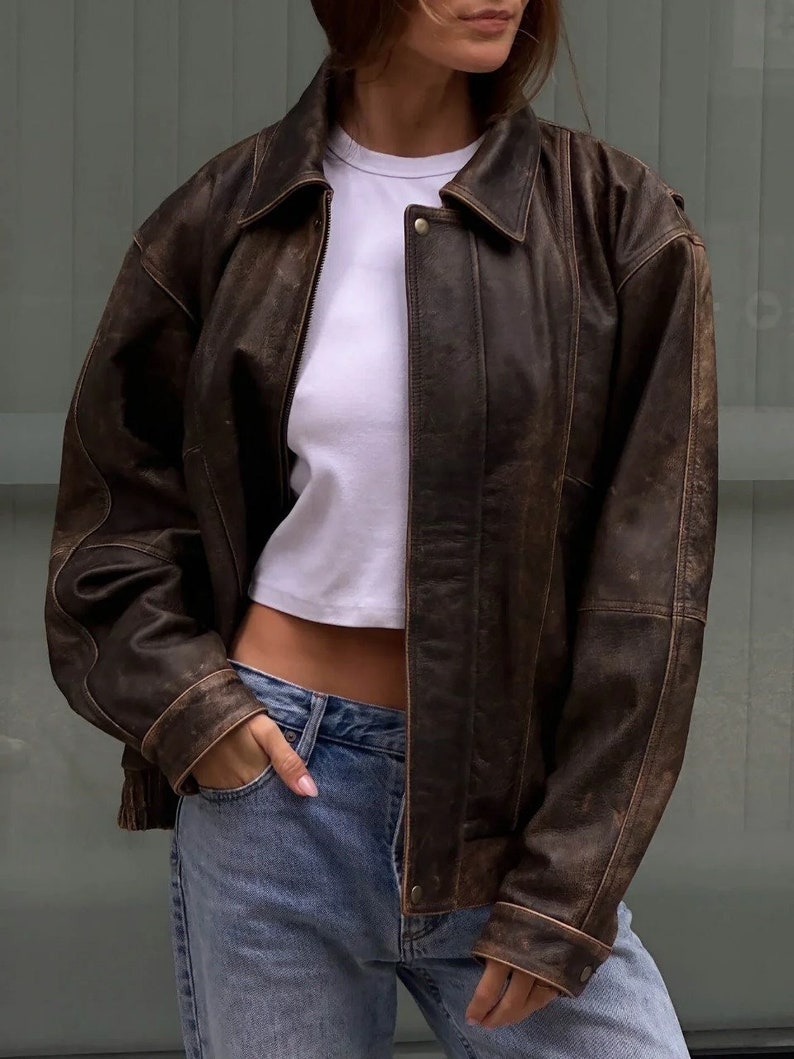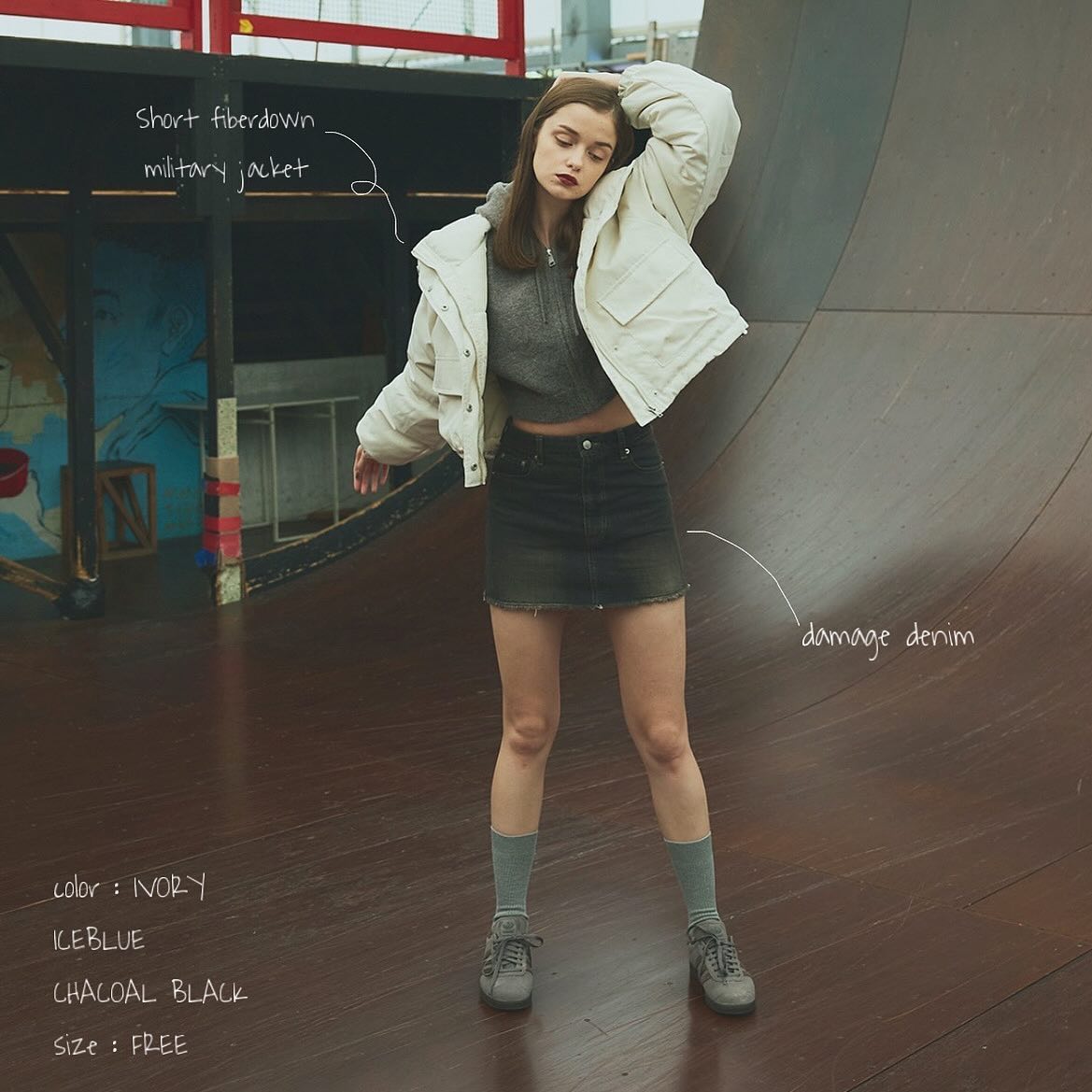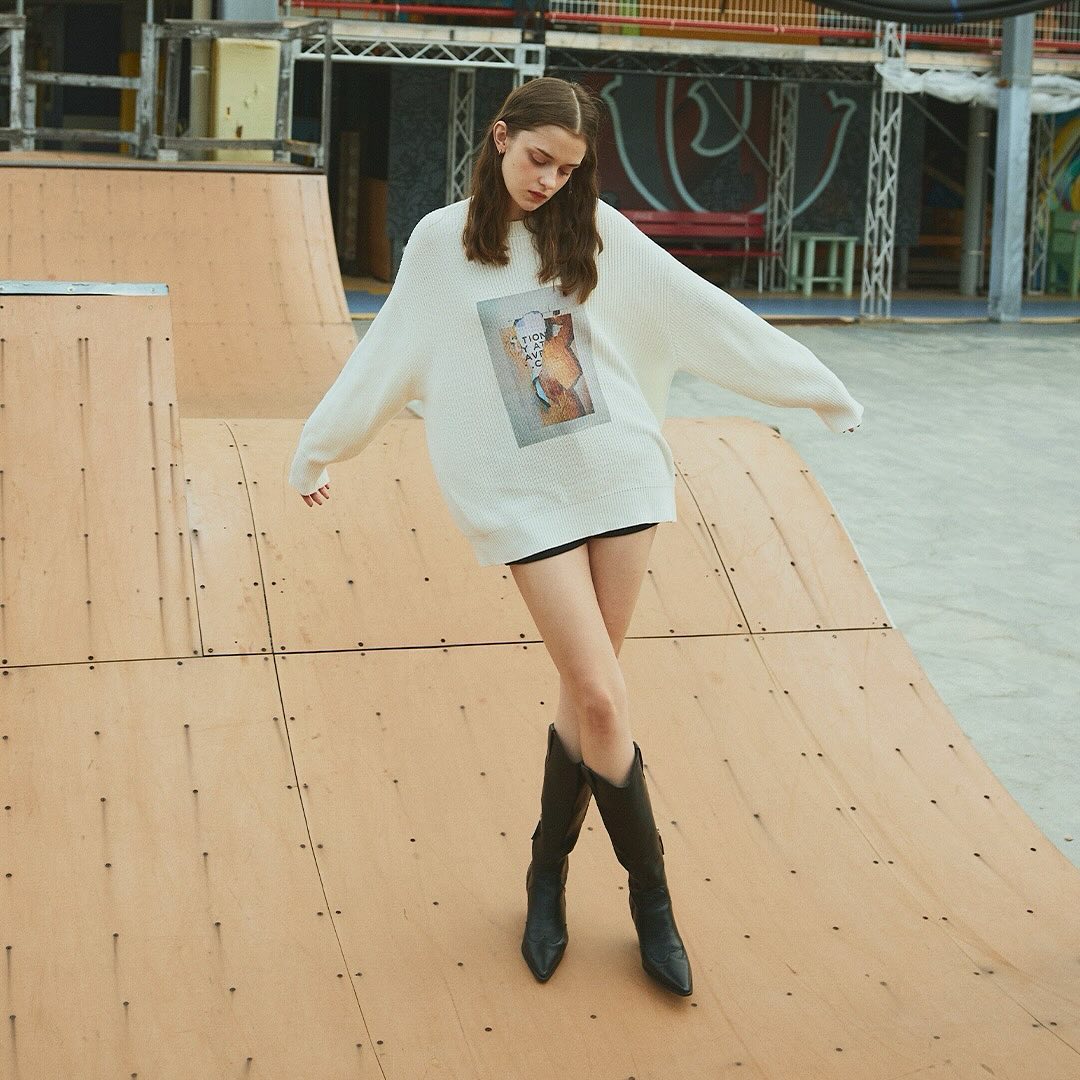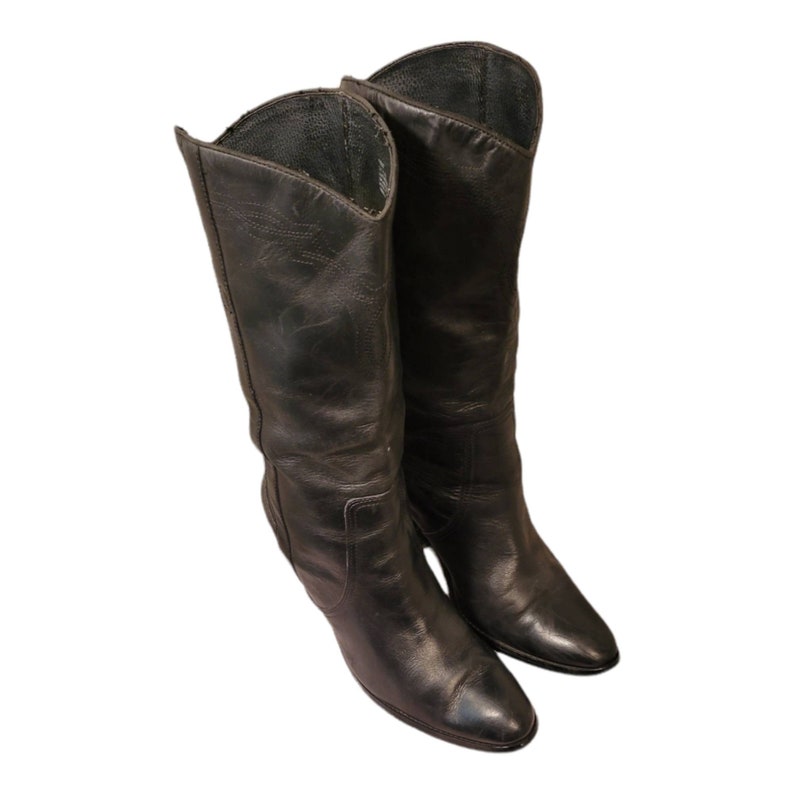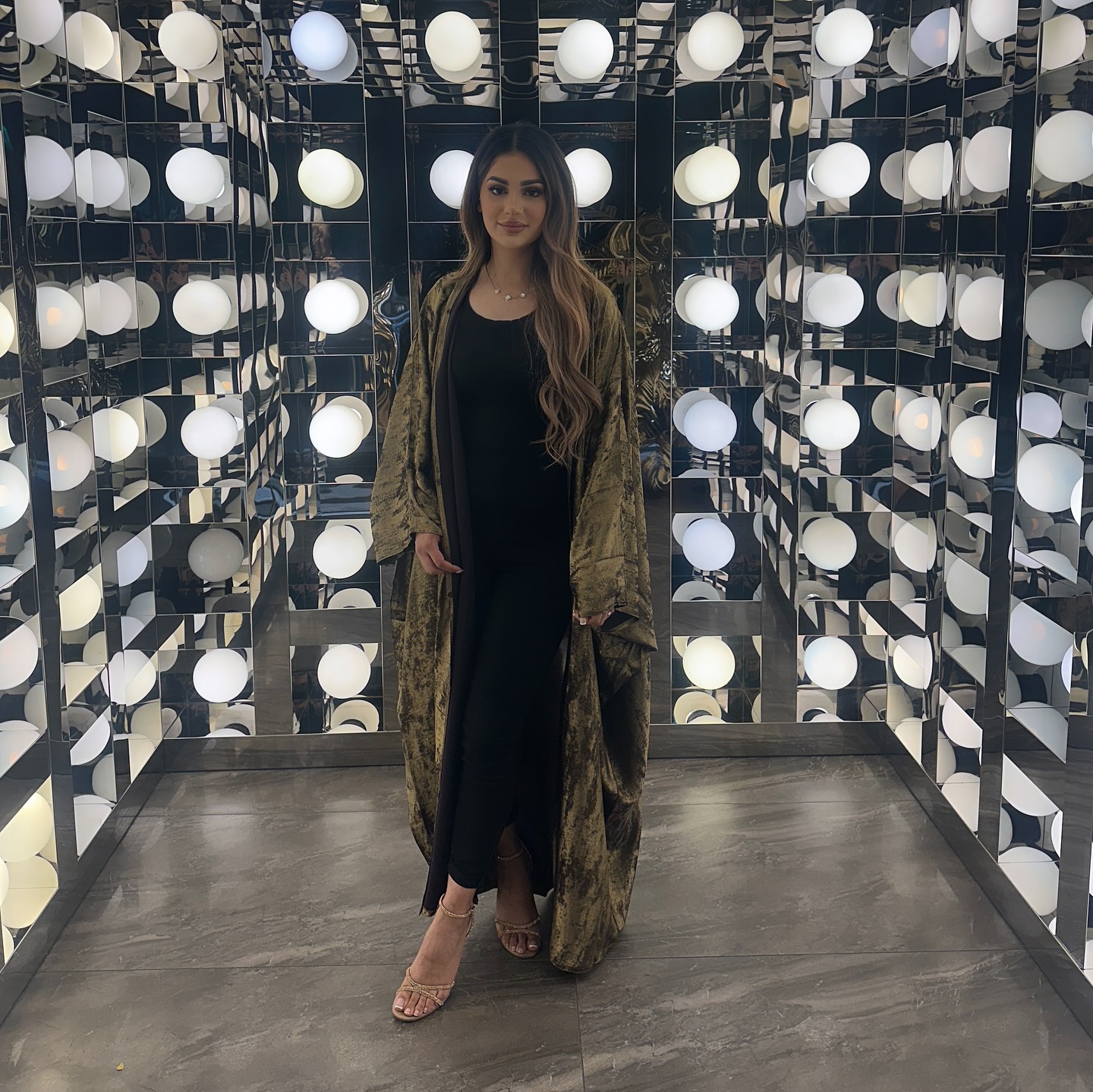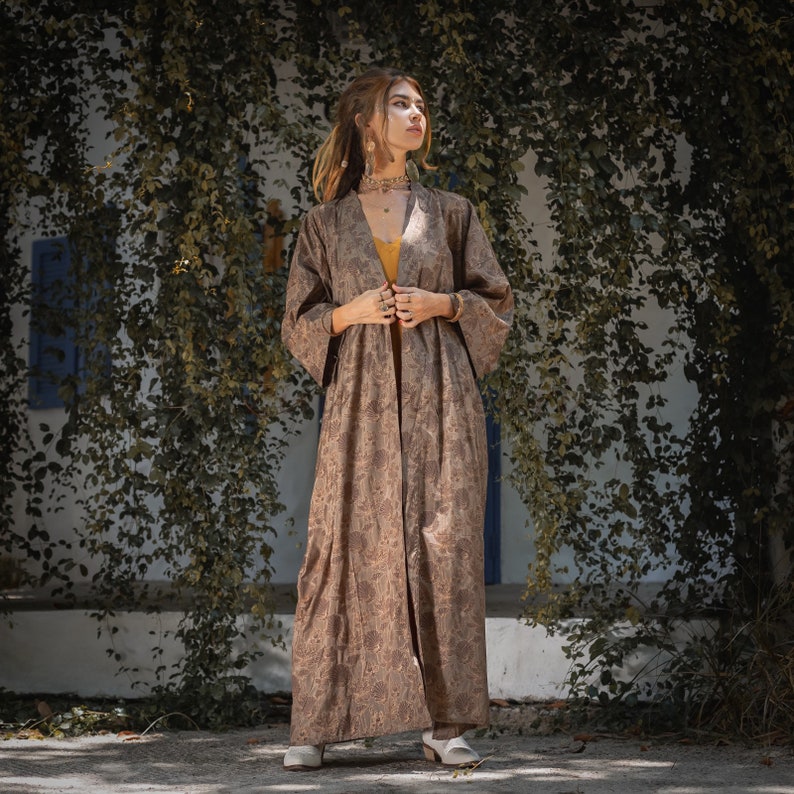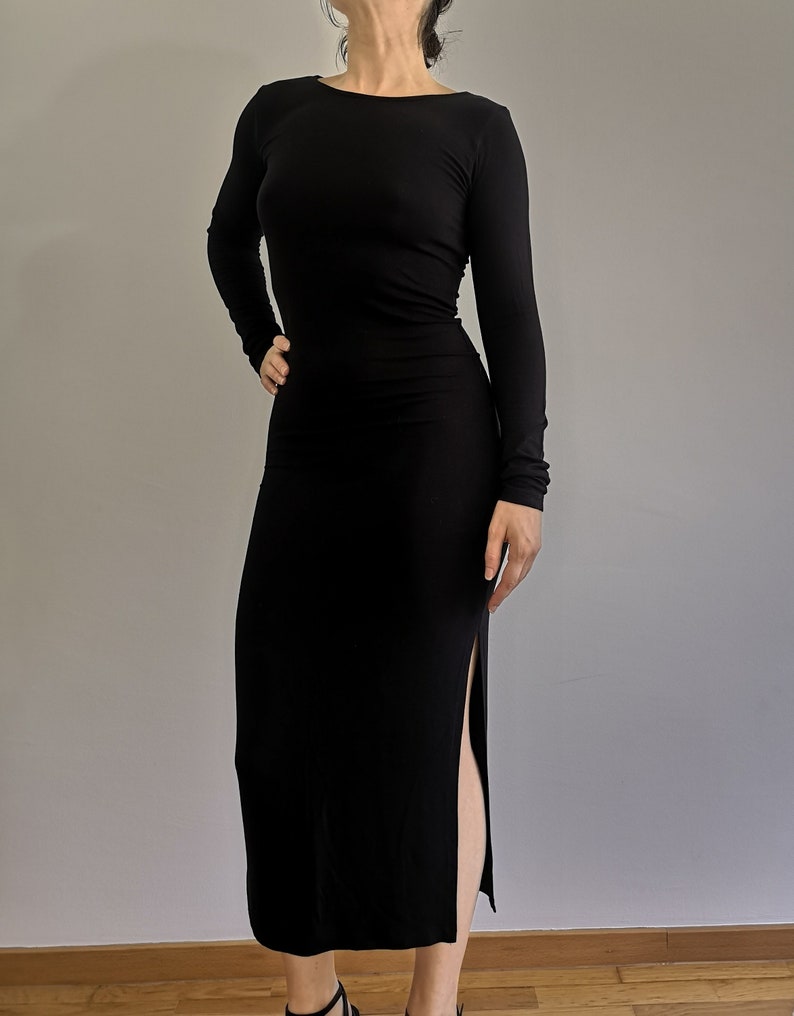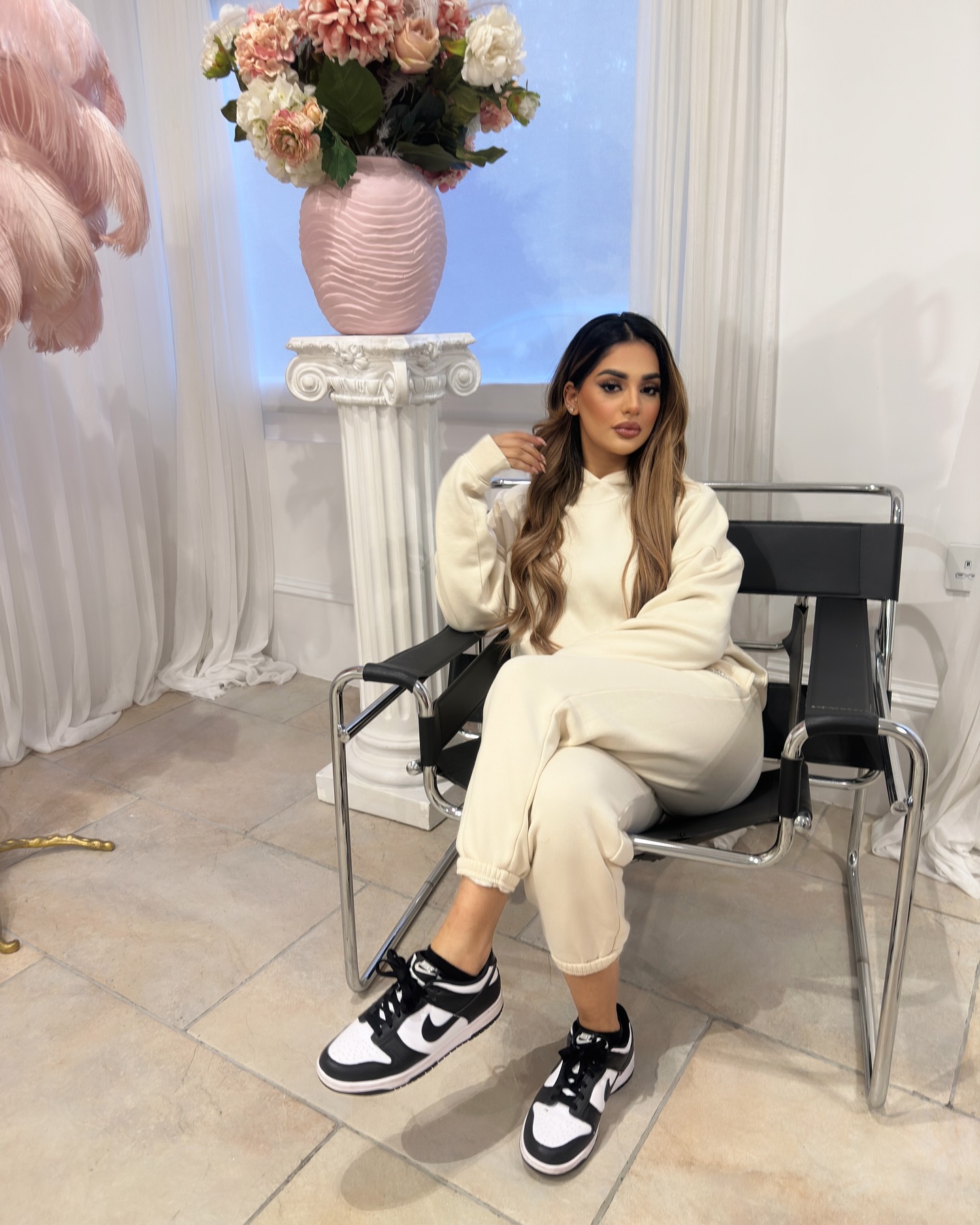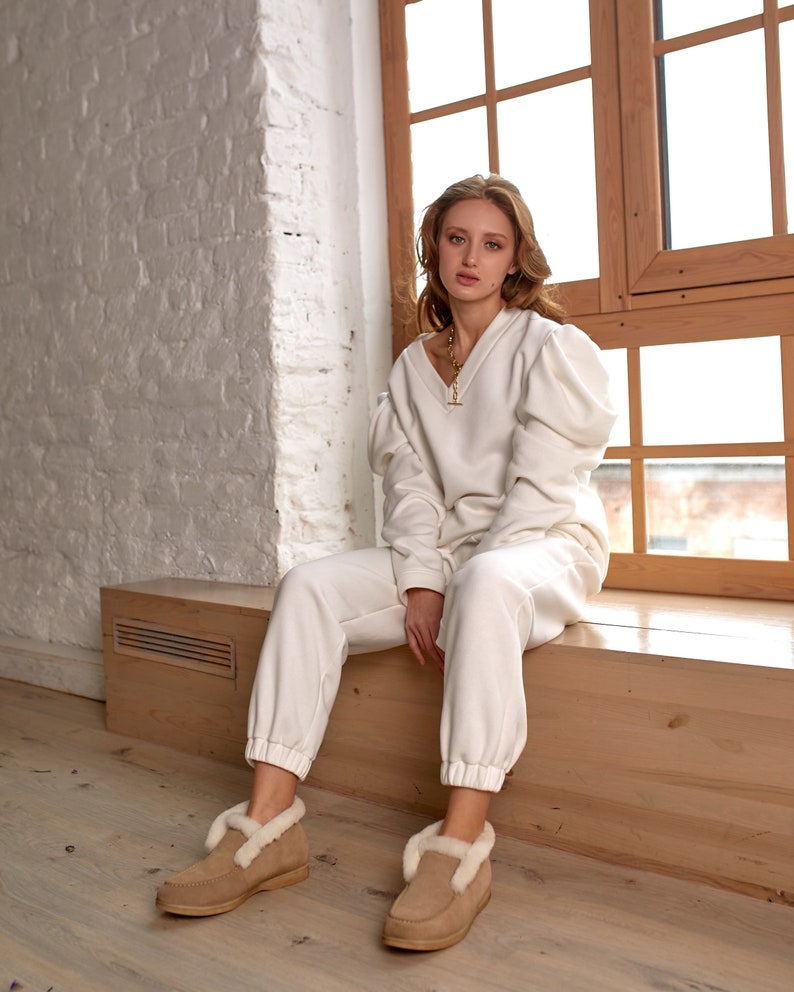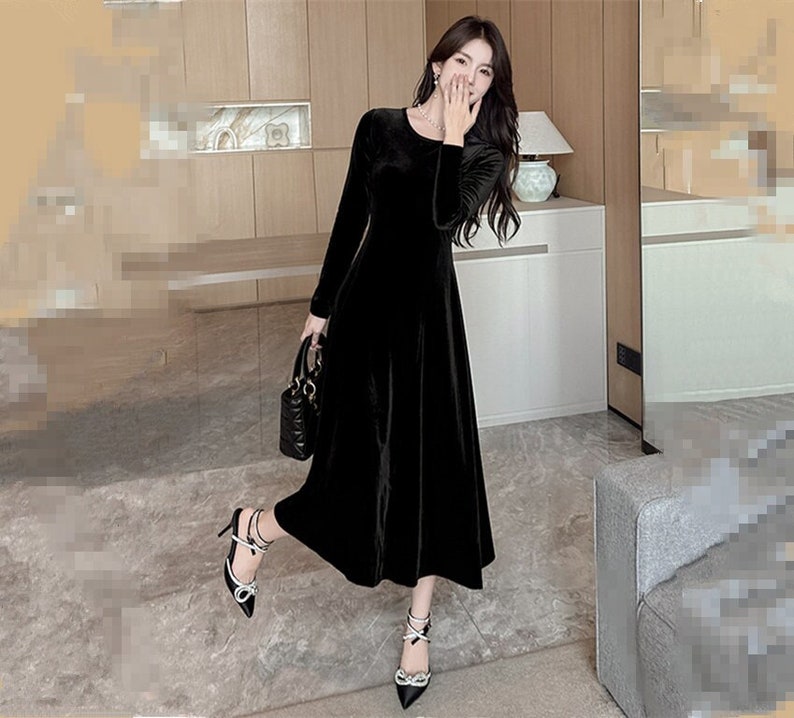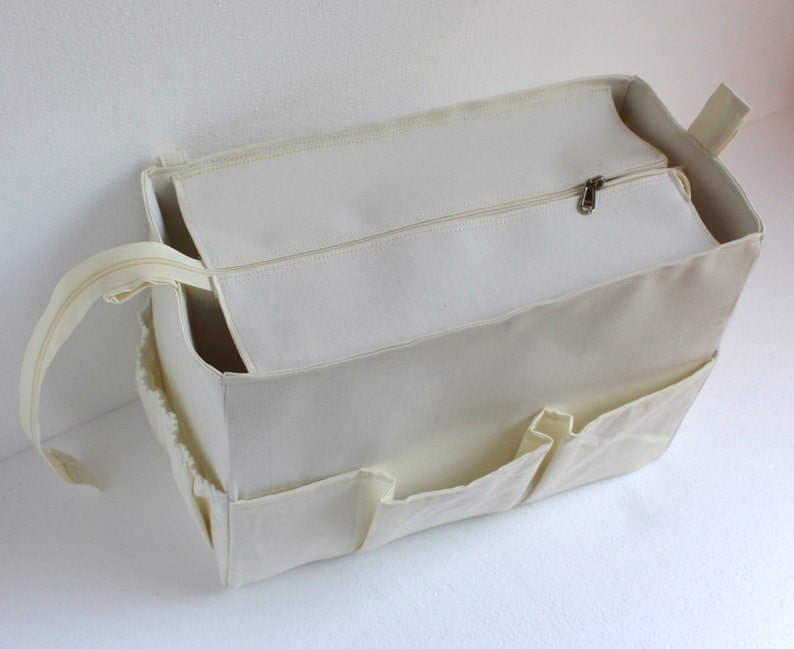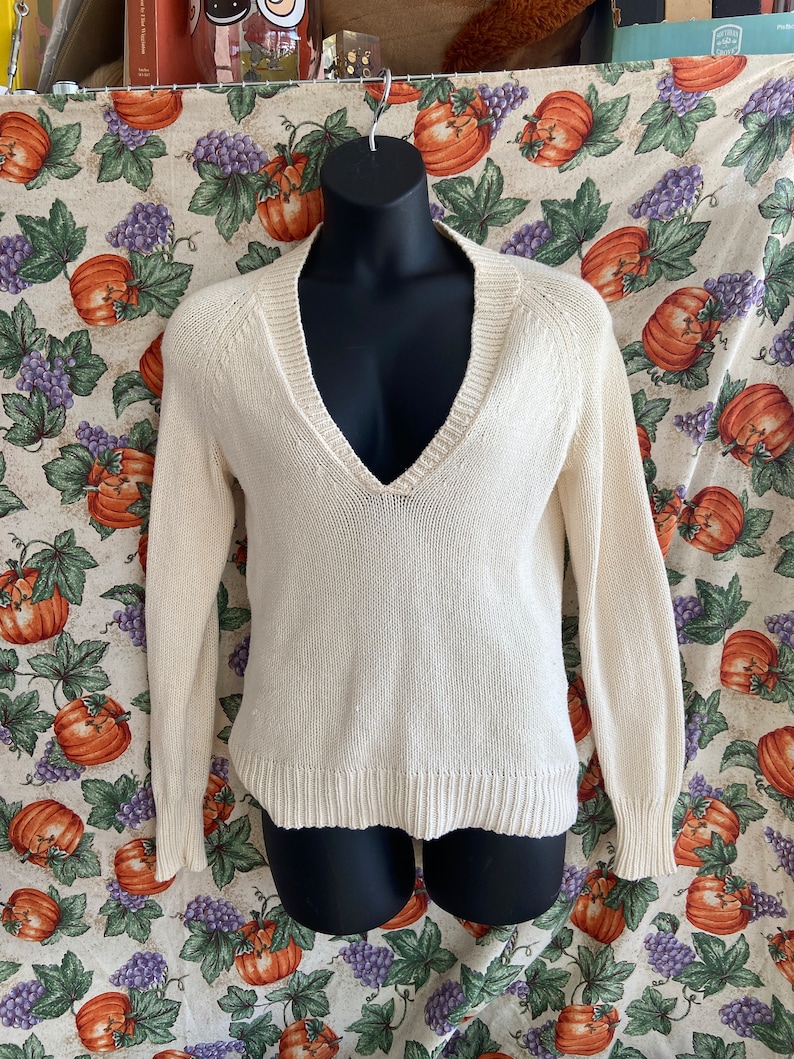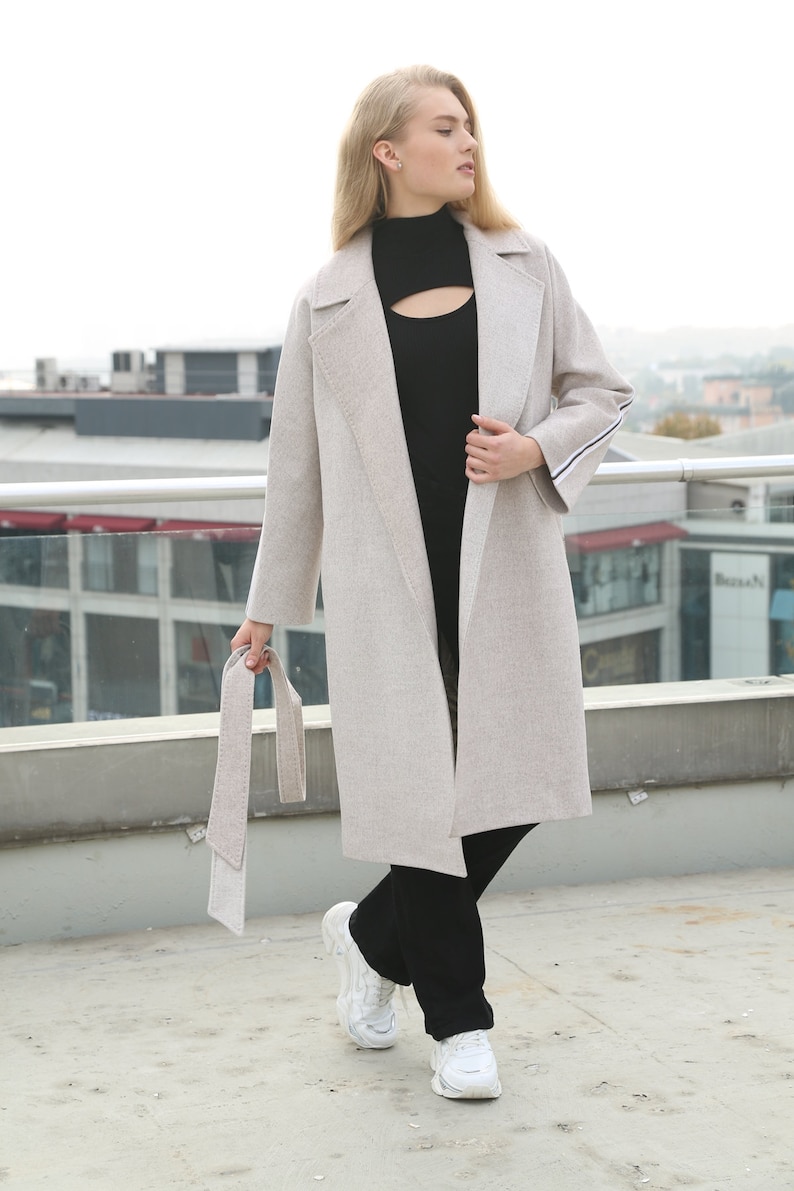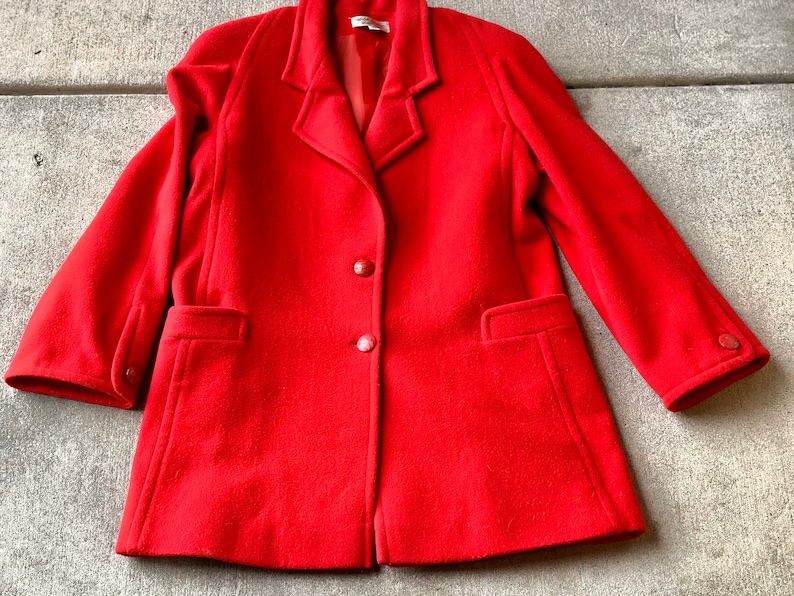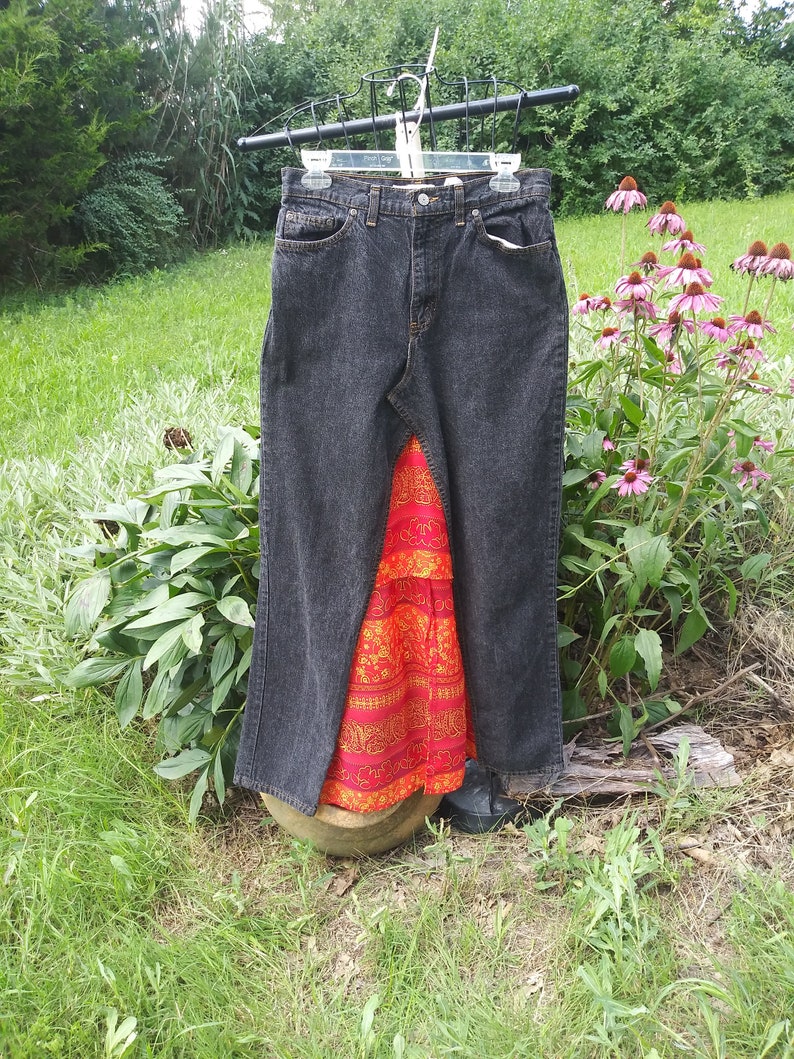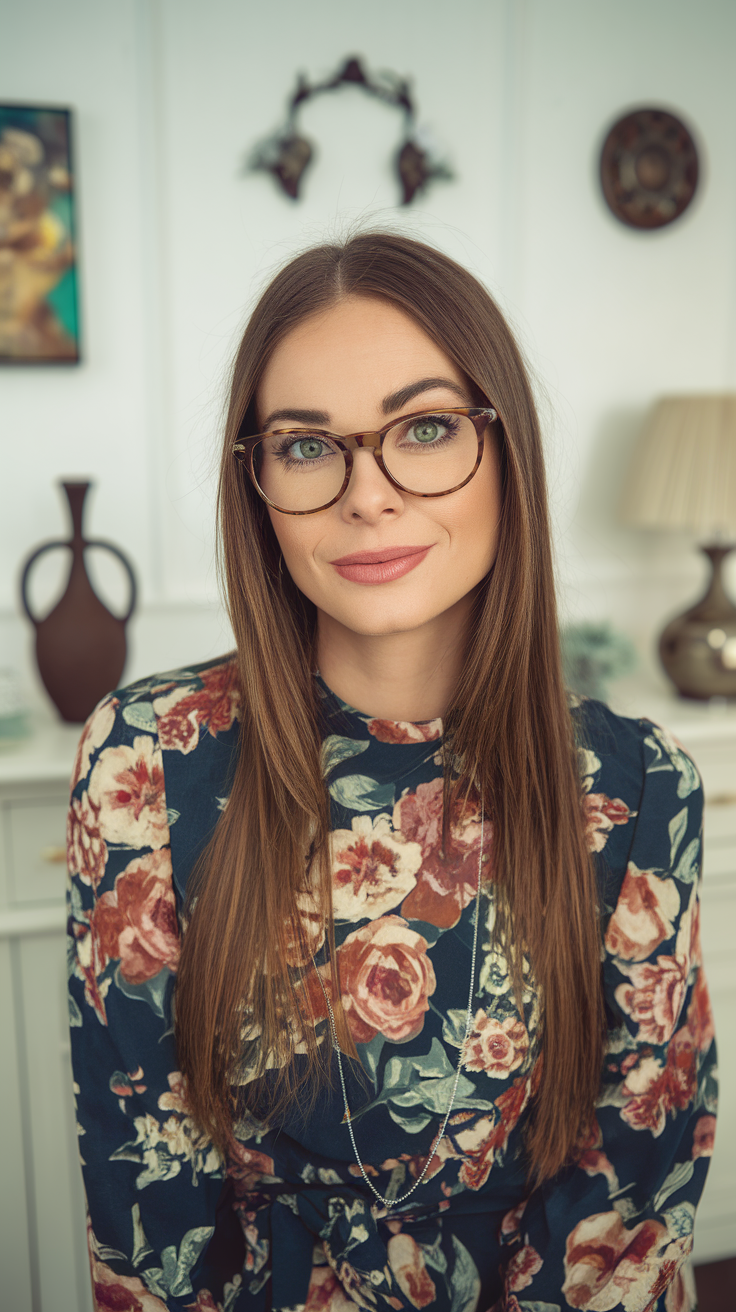After years of transforming living spaces and watching design trends evolve, I’ve learned that creating a sophisticated living room isn’t just about following the latest styles – it’s about crafting a space that reflects your personality while maintaining timeless elegance. Today, I’m excited to share my favorite sophisticated living room designs that have consistently impressed my clients and brought warmth to countless homes.
1. Modern Minimalist Marvel
There’s something magical about walking into a perfectly balanced minimalist living room. Just last month, I worked with a client who was overwhelmed by clutter and yearning for peace. We transformed her space using clean lines, neutral tones, and carefully selected statement pieces.
Key Elements:
- Streamlined furniture with geometric shapes
- Monochromatic color palette (whites, grays, and blacks)
- Single statement art piece as a focal point
- Hidden storage solutions to maintain clutter-free surfaces
- Natural light maximization through sheer window treatments
Designer Tip: When working with a minimalist design, texture becomes your best friend. Layer different materials like smooth leather, plush wool, and rough linen to add depth without disrupting the clean aesthetic.
RECREATE THIS LOOK
2. Contemporary Classic Fusion
The beauty of mixing contemporary and classic elements lies in creating a space that feels both fresh and timeless. This approach has saved many of my clients from the dreaded “dated” look that often comes with strictly traditional or ultra-modern designs.
Essential Components:
- Traditional architectural details (crown molding, wainscoting)
- Modern furniture with clean lines
- Mix of vintage and contemporary art pieces
- Neutral base with strategic color accents
- Metallic elements in both matte and polished finishes
Pro Tip: When mixing styles, maintain a 70/30 ratio – 70% of one style (either contemporary or classic) and 30% of the other to ensure cohesion.
RECREATE THIS LOOK
3. Organic Modern Serenity
Drawing inspiration from nature never fails to create a sophisticated yet welcoming atmosphere. This design approach has become increasingly popular among my urban clients seeking a connection to the natural world.
Key Features:
- Natural materials (wood, stone, bamboo)
- Curved furniture forms that echo organic shapes
- Living plants as integral design elements
- Earth-tone color palette
- Natural fiber textiles
Personal Experience: I’ve found that incorporating at least three different natural materials creates the perfect balance without overwhelming the space.
RECREATE THIS LOOK
4. Luxe Industrial Chic
The industrial aesthetic has evolved far beyond exposed brick and pipe shelving. Today’s sophisticated industrial living rooms blend raw elements with luxurious touches for an elevated look.
Design Elements:
- High ceilings with exposed structural elements
- Mixed metal finishes
- Plush upholstery in rich textures
- Vintage industrial lighting fixtures
- Large-scale abstract art
Styling Secret: Soften industrial elements with curved furniture pieces and plenty of textiles to create a more inviting atmosphere.
RECREATE THIS LOOK
5. Coastal Sophistication
Forget seashells and anchor motifs – modern coastal design is all about subtle nods to seaside living through texture, color, and natural materials.
Key Characteristics:
- Soft, oceanic color palette
- Natural fiber rugs and textiles
- Weathered wood elements
- Comfortable, oversized seating
- Plenty of natural light
Design Insight: The key to sophisticated coastal design is suggesting rather than stating the theme – think texture and tone rather than literal beach references.
RECREATE THIS LOOK
6. Mid-Century Modern Revival
The enduring appeal of mid-century modern design lies in its ability to look fresh and relevant decades after its inception. I’ve helped numerous clients incorporate these elements without creating a time capsule effect.
Essential Elements:
- Clean-lined furniture with tapered legs
- Organic and geometric forms
- Bold accent colors
- Authentic or inspired vintage pieces
- Functional art pieces
Expert Advice: Limit vintage pieces to 2-3 statement items to avoid a museum-like atmosphere.
RECREATE THIS LOOK
7. Global Eclectic Excellence
Creating a sophisticated eclectic space requires careful curation and a keen eye for balance. This style allows for personal expression while maintaining an elevated aesthetic.
Key Components:
- Curated global artifacts and textiles
- Mix of patterns and textures
- Rich color palette with neutral base
- Statement lighting fixtures
- Layered textile elements
Curator’s Tip: Create visual harmony by repeating colors and patterns in different ways throughout the space.
RECREATE THIS LOOK
8. Scandinavian Luxury
Modern Scandinavian design has evolved beyond simple functionality to embrace luxurious elements while maintaining its characteristic clean lines and bright spaces.
Design Features:
- Light wood elements
- Cozy textile layers
- Minimal window treatments
- Strategic use of black accents
- Artistic lighting fixtures
Design Secret: The luxury in Scandinavian design comes from the quality of materials rather than ornate details.
RECREATE THIS LOOK
9. Art Deco Revival
The glamour of Art Deco never truly fades, and modern interpretations can create incredibly sophisticated spaces that feel both nostalgic and fresh.
Signature Elements:
- Geometric patterns and shapes
- Rich jewel tones
- Metallic accents
- Statement mirrors and artwork
- Luxurious materials (velvet, marble, brass)
Style Note: Balance bold Art Deco elements with modern pieces to avoid an overtly themed look.
RECREATE THIS LOOK
10. Japanese Minimalism
The principles of Japanese design create incredibly sophisticated spaces that promote peace and tranquility while maintaining visual interest.
Essential Components:
- Low-profile furniture
- Natural materials and textures
- Minimal décor with maximum impact
- Indoor-outdoor connection
- Thoughtful negative space
Zen Wisdom: Remember that in Japanese design, every element must serve either a functional or spiritual purpose.
RECREATE THIS LOOK
Material and Color Combinations Table
| Design Style | Primary Materials | Color Palette | Texture Elements | Lighting Recommendations |
|---|---|---|---|---|
| Modern Minimalist | Steel, Glass, White Oak | Whites, Grays, Black | Wool, Leather, Linen | Recessed and Track Lighting |
| Contemporary Classic | Walnut, Brass, Marble | Navy, Cream, Gold | Velvet, Silk, Cotton | Crystal Chandelier and Sconces |
| Organic Modern | Teak, Stone, Rattan | Earth Tones, Sage, Cream | Jute, Cotton, Wood | Natural Light, Pendant Lights |
| Luxe Industrial | Iron, Concrete, Leather | Charcoal, Rust, White | Metal, Leather, Concrete | Industrial Pendants, Edison Bulbs |
| Coastal Sophisticated | Whitewashed Wood, Linen, Jute | Blues, Sandy Beiges, White | Rope, Linen, Grasscloth | Glass Pendants, Table Lamps |
Q&A Section
Q: How can I make a small living room look more sophisticated?
A: Focus on scale-appropriate furniture, use mirrors strategically to create depth, maintain a cohesive color scheme, and invest in multi-functional pieces. Avoid overcrowding the space and prioritize quality over quantity.
Q: What’s the most cost-effective way to add sophistication to my living room?
A: Paint is your best friend! A fresh coat in a sophisticated color can transform the space. Additionally, rearranging furniture, updating throw pillows, and adding strategic lighting can make a significant impact without breaking the bank.
Q: How do I choose the right size rug for a sophisticated living room?
A: Your rug should be large enough that at least the front legs of all seating pieces rest on it. For most living rooms, start with an 8×10 or 9×12 rug. Always leave 12-18 inches of floor exposed around the perimeter of the room.
Q: Can I mix design styles while maintaining sophistication?
A: Absolutely! The key is to find common elements (color, texture, or shape) that tie different styles together. Stick to a consistent color palette and maintain balance in scale and proportion across different pieces.
Q: How many accent colors should I use in my sophisticated living room?
A: Follow the 60-30-10 rule: 60% dominant color, 30% secondary color, and 10% accent color. For added sophistication, consider using different shades and tones of these colors rather than introducing new ones.
Remember, sophistication in living room design isn’t about following rules perfectly – it’s about creating a space that feels both elevated and welcoming. Trust your instincts while keeping these guidelines in mind, and you’ll create a living room that’s both sophisticated and uniquely yours.



